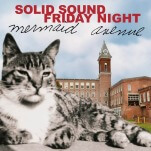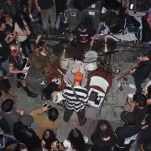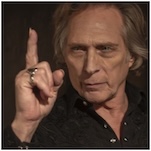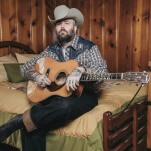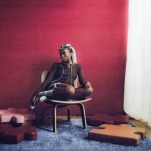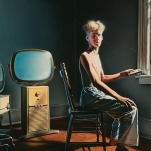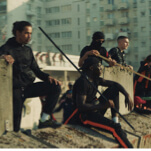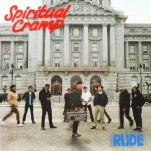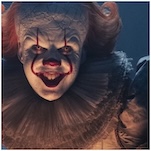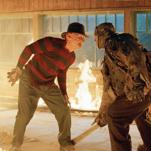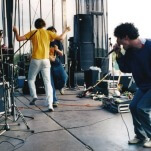Saint Pepsi: Best of What’s Next
Saint Pepsi is not a DJ. But, he sort of is, though.
Ryan DeRobertis knows how confusing that might be for you; it’s confusing for him too. “Yeah, I’m ‘the DJ’ but all of this stuff is my own production. It’s not a ‘DJ-set,’ it’s…it’s just hard to explain the difference of a live set like that to people who think that the gear decides which is which, ya know what I mean?”
DeRobertis, a 21-year-old “musician” from Long Island, has stirred up a bit of a sensation this summer with his debut single on Car Park Records (“Fiona Coyne”). Though, we should call him a producer, really, before we say “DJ” or “musician.” The affable, inventive and altogether modest young man came to fame from an online-born community of music-makers known as Vaporwave, a genre and essentially a movement that’s cloaked in ambivalence and biting with a subtle irreverence, idealistically hoping to challenge preconceived notions of what constitutes traditional/popular “songwriting.” This scene, along with DeRobertis’ slew of self-produced, self-released albums from 2013, has also challenged our ideas of what traditionally constitutes a “remix.”
-

-

-

-

-

-

-

-

-

-

-

-

-

-

-

-

-

-

-

-

-

-

-

-

-

-

-

-

-

-

-

-

-

-

-

-

-

-

-

-



